Review : “Shadow of a Doubt” - movie by Alfred Hitchcock (1943)
It had only been a couple of years since Hitchcock moved to Hollywood. He had already made his mark with Rebecca and Foreign Correspondent in 1940. But now he turned his attention away from the gothic and the political genres and turned more inward to a psychological thriller in a cosy, generic american smalltown family. In my opinion these are the types of settings that fits Hitchcock best, giving more opportunities to show intimate performances and highlight his knack for expressionist tricks to spice things up
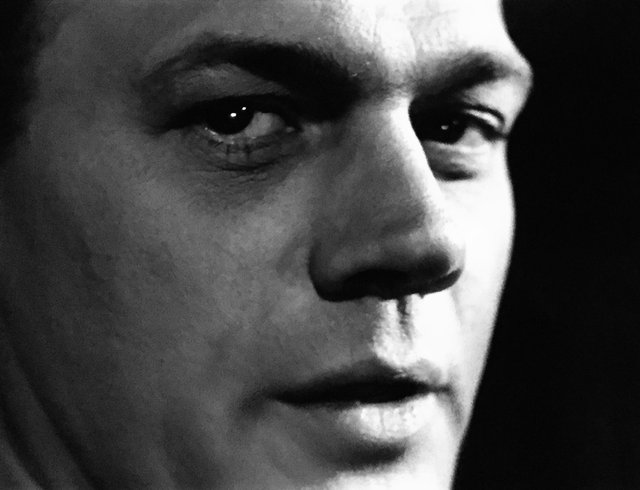
The two previous movies had been kind of half and half american and european, while Shadow of a Doubt was an allout american movie, which Hitchcock seemed to be deliberately going for. He was a private friend with Joseph Cotton, the male lead, which helped a more individual performance by him i suppose and the rest of the cast seemed to be of a easy going and joyful kind which all seem to creep through between the lines, all in all turning the result out to becoming one of Hitchcock’s personal favorites among his own creations
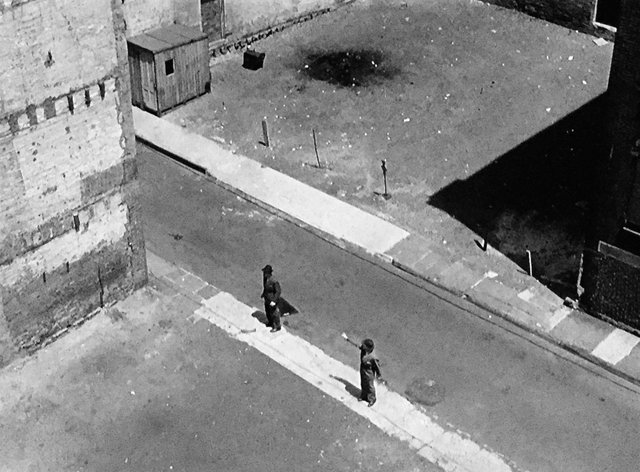
We are introduced to uncle Charlie before he arrives at the smalltown family. We know he is wanted by someone but not for what or by who. The family receives him as if no time has passed since childhood and the sentimental version of previous times are true and still valid. The teenage daughter, Charlotte (also Charlie) played very well by Teresa Wright, is the one who has her eyes most on the handsome disturbance of boring middle class conformity, rather longing for a mysterious white knight to come save her from a predictable housewife future
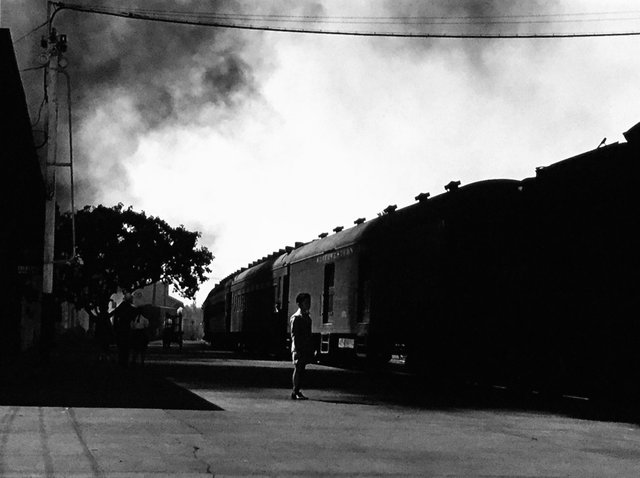
The first time Charlie suspects something might be a bit off with Uncle is when he presents her with a present and she finds some initials engraved in it. And when Uncle violently grabs her arm when she tries to figure out why he has torn a piece out of the newspaper, her youthful naivete around Uncle is exchanged with a more healthy grownup scepticism. At the same time, the rest of the family stay in their smalltown world, not sensing anything at all. The betamale father figure is occupied with thinking up the perfect murder with his slightly intellectual looking friend. But this is only a fantasy world that is impossible for them to actually detect in the real world, for them murder is a kind of spice on their dull repetitive life making them even less able to understand real dark aspects of humans
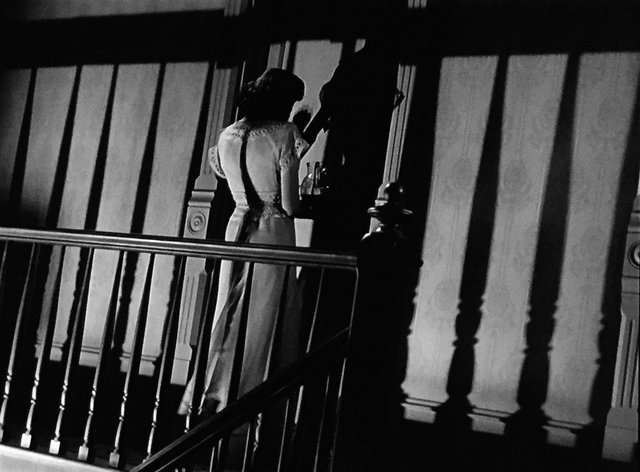
At the point where uncle’s behavior might finally be revealed to the thickheaded family, it is reported that the real “murderer” is found. This only intensifies the relation between uncle and Charlie, as the only one who still suspects him is her. Uncle tries a couple of times to create “accidents” for Charlie, but she survives. She is unable to tell the world that Uncle is actually the one who should be arrested and can only threaten him to leave. This tension is only released in the final interaction as uncle Charlie attempts toleave on the train.
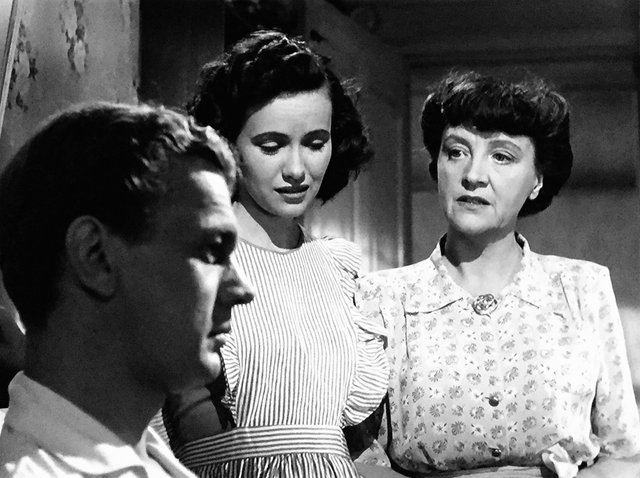
The beauty of this movie, as is often the cas with Hitchcock, the underlying stories. Uncle Charlie is merely a placeholder or mcguffin for an exposure of middle class superficiality, suppressed sexual desires and to some extend a coming of age and loss of naive innocence. We never really get that interested in the potential crimes of the antagonist, but only focus on the development of daughter Charlie’s ability to see through more experienced grown ups covers. She might thereby eventually learn to see through the superficial layers of the middleclass culture she herself has been almost dissolved in
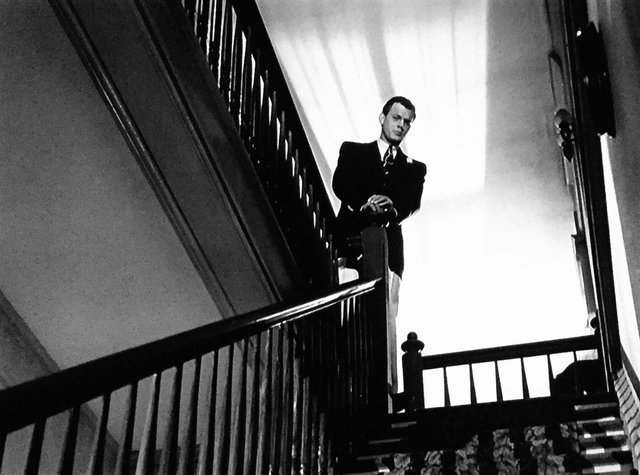
For Hitchcocks enormous output over more than 50 years, there are more misses than hits. The reason for this, in my opinion is that three aspects has to function together. First, there has to be a superficial plot that appeal to the mainstream that the studio will like. There has to be a underlying story that is experienced indirectly, typically darker freudian and sexual aspects. And thirdly I suppose there has to be a special scene or two that really gets old Hitch’s juices flowing in some way. In a “Psycho” it is the shower scene, in “The Birds” it is the attic scene and so on. In this movie it is hard to point at any particularly scene that has received special attention.
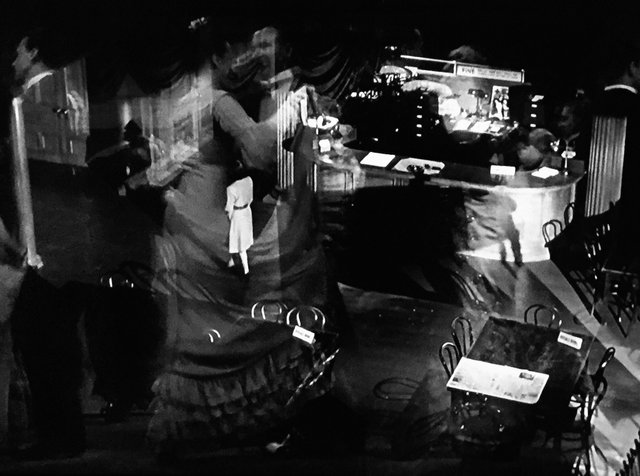
This is an indicator that his efforts have been spread out over the whole movie, which falls fine with Hitchcock considering it his best one. It is a very even and carefully weighted effort with numerous very well composed expessionist moments throughout. The screendumps I have shown here are a proof of that. Actually I am pretty sure Hitch have obvious inspiration from Fritz Lang’s “M”. He uses a high point shot of a chase scene in the street very similar to Lang. Add to that the humming of the Strauss “merry widow” theme just as Lang uses Griegs Hall of the Mountain King in M, as a muders theme.
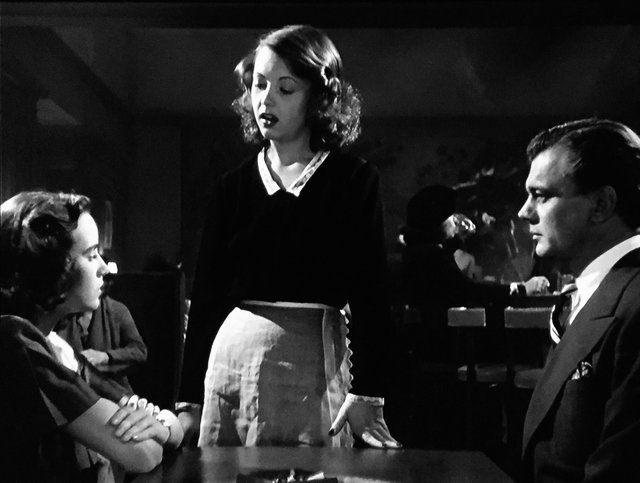
While not in the top league of Hitchcocks best, it is certainly above average, and really the first pure psychological thriller in my opinion, that would lead to a movie like “Strangers on a Train”. There is the same kind of unsettling Jeckyll and Hyde to uncle Charlie as there is to Bruno. The slight weakness is the portraying of the mother that is a bit off for me and the very short climax, that basically is over before you realize that it is the climax. One thing I might mention are the double exposures with walz dancing to the Strauss tune, that appear 4 times during the film. Once atthe beginning and end and twice during the middle. I did not realize if these appear at related significant points. I would think they signify the superficiality of tradition and perhaps the idolized history of the family.
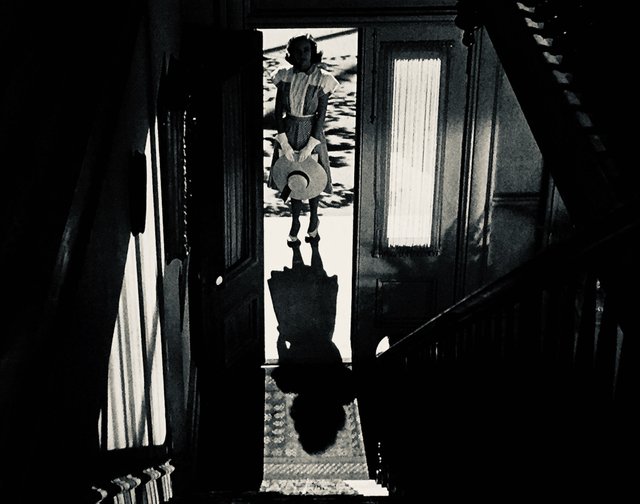
Much of the movie rests on the performance of Teresa Wright and she does a very good job of it. It does not go nearly to the depth of later movies or takes any chances anywhere, apart from the usual visual traits we have come to expect from a worthwhile Hitchcock movie. But it is an overall satisfying and early smaller masterpiece that would point to a future that would carve the director’s legacy into stone.
8/10
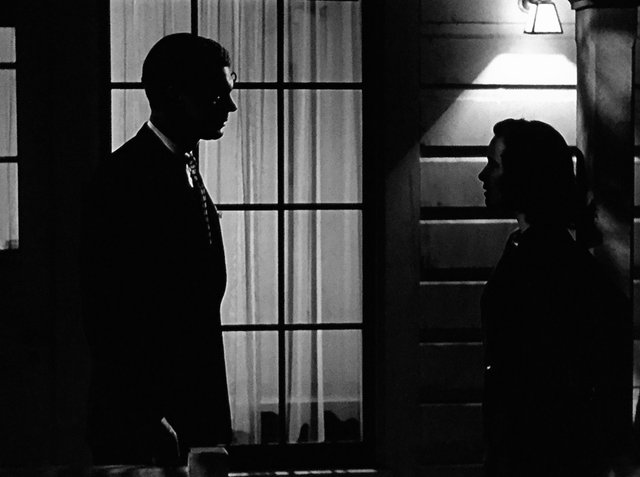
Hello @mandibil, thank you for sharing this creative work! We just stopped by to say that you've been upvoted by the @creativecrypto magazine. The Creative Crypto is all about art on the blockchain and learning from creatives like you. Looking forward to crossing paths again soon. Steem on!
Thank you